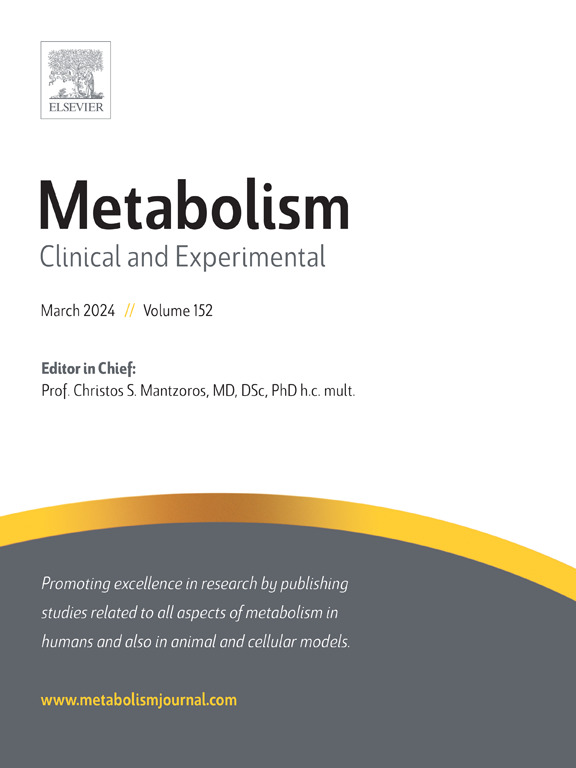Combined loss of glyoxalase 1 and aldehyde dehydrogenase 3a1 amplifies dicarbonyl stress, impairs proteasome activity resulting in hyperglycemia and activated retinal angiogenesis
IF 10.8
1区 医学
Q1 ENDOCRINOLOGY & METABOLISM
引用次数: 0
Abstract
Background & aims
Any energy consumption results in the generation of highly reactive dicarbonyls and the need to prevent excessive dicarbonyls accumulation through the activity of several interdependent detoxification enzymes. Glyoxalase 1 (GLO1) knockout zebrafish showed only moderately elevated methylglyoxal (MG) levels, but increased Aldehyde Dehydrogenases (ALDH) activity and increased aldh3a1 expression. Elevated levels of 4-hydroxynonenal (4-HNE) but no MG increase were observed in ALDH3A1KO. The question of whether ALDH3A1 prevents MG formation as a compensatory mechanism in the absence of GLO1 remained unclear.
Methods
To investigate whether ALDH3A1 detoxifies MG as a compensatory mechanism in the absence of GLO1, the GLO1/ALDH3A1 double knockout (DKO) zebrafish was first generated. Various metabolites including advanced glycation end products (AGEs), as well as glucose metabolism and hyaloid vasculature were analyzed in GLO1KO, ALDH3A1KO and GLO1/ALDH3A1DKO zebrafish.
Results
In the absence of GLO1 and ALDH3A1, MG-H1 levels were increased. MG-H1 accumulation led to a severe deterioration of proteasome function, resulting in impaired glucose homeostasis and consequently amplified angiogenic activation of the hyaloid and retinal vasculature. Rescue of these pathological processes could be observed by using L-carnosine, and proteasome activator betulinic acid.
Conclusion
The present data, together with previous studies, suggest that ALDH3A1 and GLO1 are important detoxification enzymes that prevent the deleterious effects of MG-H1 accumulation on proteasome function, glucose homeostasis and vascular function.

求助全文
约1分钟内获得全文
求助全文
来源期刊

Metabolism: clinical and experimental
医学-内分泌学与代谢
CiteScore
18.90
自引率
3.10%
发文量
310
审稿时长
16 days
期刊介绍:
Metabolism upholds research excellence by disseminating high-quality original research, reviews, editorials, and commentaries covering all facets of human metabolism.
Consideration for publication in Metabolism extends to studies in humans, animal, and cellular models, with a particular emphasis on work demonstrating strong translational potential.
The journal addresses a range of topics, including:
- Energy Expenditure and Obesity
- Metabolic Syndrome, Prediabetes, and Diabetes
- Nutrition, Exercise, and the Environment
- Genetics and Genomics, Proteomics, and Metabolomics
- Carbohydrate, Lipid, and Protein Metabolism
- Endocrinology and Hypertension
- Mineral and Bone Metabolism
- Cardiovascular Diseases and Malignancies
- Inflammation in metabolism and immunometabolism
 求助内容:
求助内容: 应助结果提醒方式:
应助结果提醒方式:


